JUMP-IHTC Members
JUMP
This is a response for Ros Maindok, who was intrigued about the concept of integrating the balance of the steeple chase rider into jumping.
Less start with this picture of my friend Derick Robson, who was a very talented steeple chase rider. He illustrates there the classical balanced position of the steeple chase rider. The stirrup, the calf and the knee form a column above which the rider’s body is balanced, the pelvic back and the shoulders forward. This is the fundamental principle.
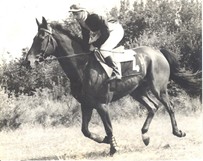
Over bigger jumps. This remains fundamental balance even if the stirrups are a little longer; the stirrup, the calf and the knee are glue to the horse and form a column above which the body is balanced . The red line illustrates the concept. The body is equally balanced each side of the red line.
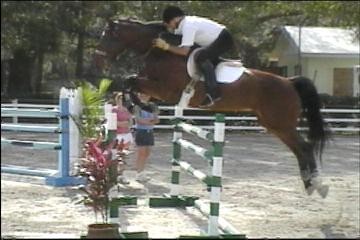
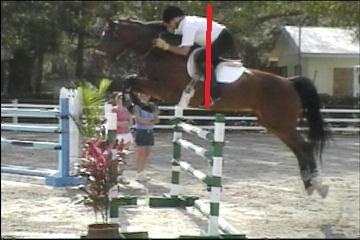
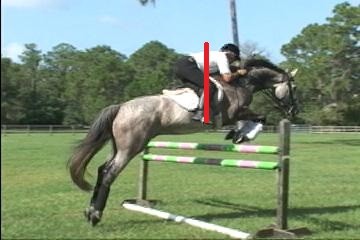
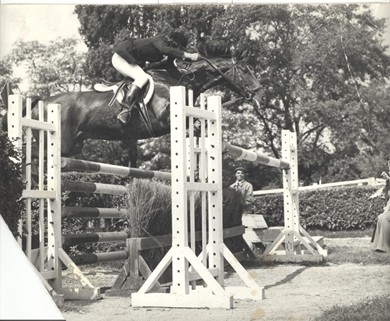
Whatever the size of the jump, the principle of balance does not change; the body is equally distributed above the column formed by the stirrup, the calf and the knee. It looks the same that the classical two point position but I found it more stable and having less movement of the upper body, it is less disturbing for the horse.
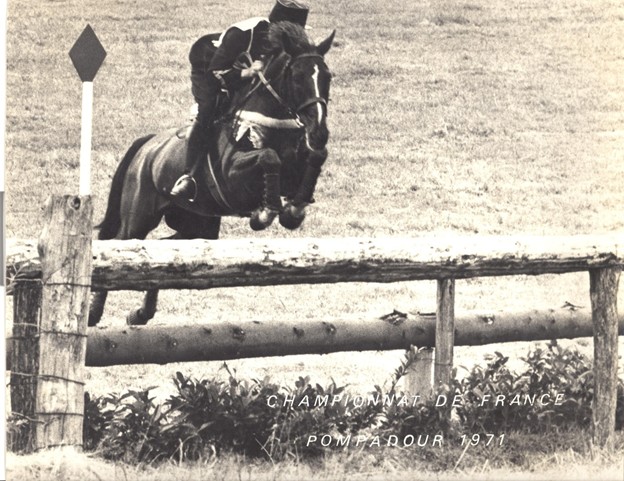
I always have ridden like that whatever I was wearing the black uniform of Le Cadre Noir, or civilian attire or the green uniform of the Fontainebleau Olympic Center and nobody ever noticed the difference.
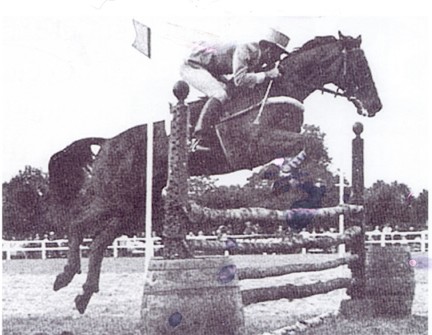
The main advantage is that I never have to throw my upper body backward at the landing of a big drop
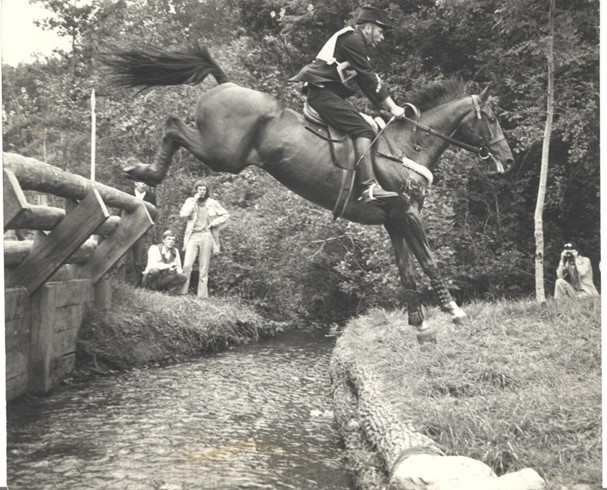
It was less disturbing for the horse’s balance that these big movements where riders are throwing their upper body backward. Even on a 6 feet drop, I moved the pelvis backward behind the knees but kept the upper body forward.
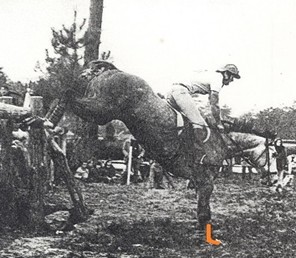
Jean Luc


